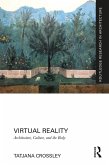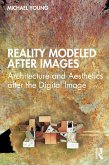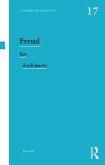Redefining VR as an experiential and spatial condition rather than simply a digital construct, the book traces its lineage from ancient fresco rooms to contemporary digital landscapes. Grounded in theoretical frameworks from psychoanalysis, phenomenology, and media theory, it explores how immersive environments function as extensions of the body and reflect a collective identity. Case studies, from Pompeii to the Metaverse, illustrate how architecture and representation shape our virtual experience. Rather than viewing VR as a new phenomenon, the book positions it as part of a longer trajectory in design and representation, shaped by evolving tools and technologies. It argues that the virtual spaces we create and the artifacts we choose to represent encode insights about identity, memory, and social conditions.
This book is written for theorists, practitioners, academics, and students of architecture, art, and design. It situates architectural practice within the unfolding discourse on virtuality, identity, and the cultural implications of space-making.
Dieser Download kann aus rechtlichen Gründen nur mit Rechnungsadresse in A, B, BG, CY, CZ, D, DK, EW, E, FIN, F, GR, HR, H, IRL, I, LT, L, LR, M, NL, PL, P, R, S, SLO, SK ausgeliefert werden.









